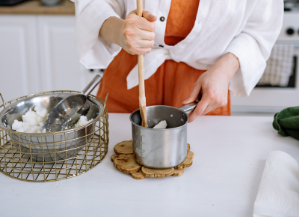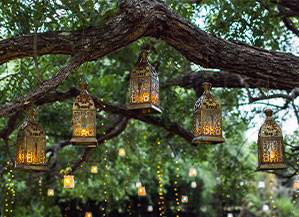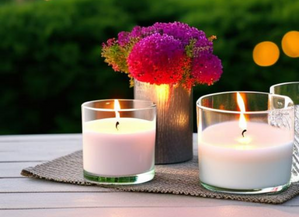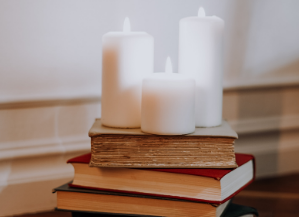
The Hub
Hub
For all things candle and home fragrance making!
Blending Fragrance Oils: Knowing your stuff
Blending fragrances together is a great way to refine your smell palette. Whether you want to blend together your favourite scents or you’re looking to create something completely new that isn’t on the market, blending fragrances is a fun way for you to try your hand at something new. When it comes to blending fragrances however, there are a few things that you will need to keep in mind.
Why should I try blending?
Blending fragrances is a great way for you to create your own unique scents that aren’t available anywhere else in the market. It also gives you the ultimate opportunity to play with the strength of your fragrances as well as the smell to ensure you can create something completely individual. Being open and flexible to trialling new scent combinations is also a great way to harness sales. Your customers will love exploring scents that are completely new and they may even request scent combinations from you! Blending fragrances is also a fun way to find a fragrance that fits the season, use normal everyday scents to create something completely new for Halloween or Christmas and name them something fun and exciting. Blending fragrances is also a great way to branch into something a little different, if you’ve been lacking inspiration recently and you’re looking to tackle something new, blending fragrances is a great process to get your teeth into.
How do I start testing scents together?
When it comes to trialling scents together, the world truly is your oyster. The first step is to think about what sort of scents you want to start blending together. A good place to start is to opt for scents that blend well with other fragrances already, such as vanilla, lavender and sandalwood, but this doesn’t mean you can’t try your hand at a completely new scent, although we would still advise working with scents that you’re familiar with to get started. There’s no real straight forward way to test your oils, it’s really all down to trial and error. Having some blotter strips or fragrance testing strips is a great way to get started. Dip a strip into each of your desired fragrances to the same height and allow them to dry for a couple of seconds. Then hold the two strips up to your nose and test the scents together. Making notes on your scent combinations and labelling your test strips is a great way to keep track of which scent combinations do and don’t work. It’s also key to take note of any ratios you have used if you have decided not to opt for 50/50 combinations.
The legal bit
As with most aspects of candle making, you need to make sure that you’re covered to sell your new blended fragrances, which calls for a little bit of preparation. Due to regulations, you have to ensure that you have a new SDS (safety data sheet) for your new fragrance blend, this new SDS will then allow you to create a new CLP label for your product. If you’re creating your own fragrance blend, unfortunately, you can’t skip ahead straight to the CLP, as you can’t create a new CLP without a new and approved SDS. Although it may seem easier and more straightforward to combine your two fragrances into one CLP, you won’t be able to sell them as they won’t be compliant, which could also impact your insurance. If you want to start selling your own custom blends to customers, you must have a compliant SDS and CLP label. As always, check with your insurer to make sure that you’re covered on all bases before you start selling.
At Supplies for Candles, we want to see what fragrance blends you’ve come up with! Share your exciting new scent creations with us on Instagram and Facebook and use the hashtag #sfcfeatureme to show off your sweet new scents.





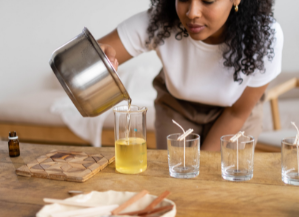
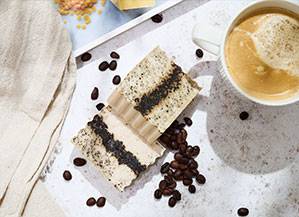
.png)
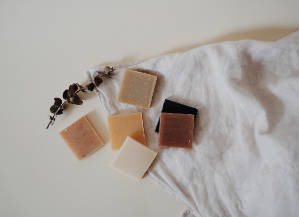
.png)

